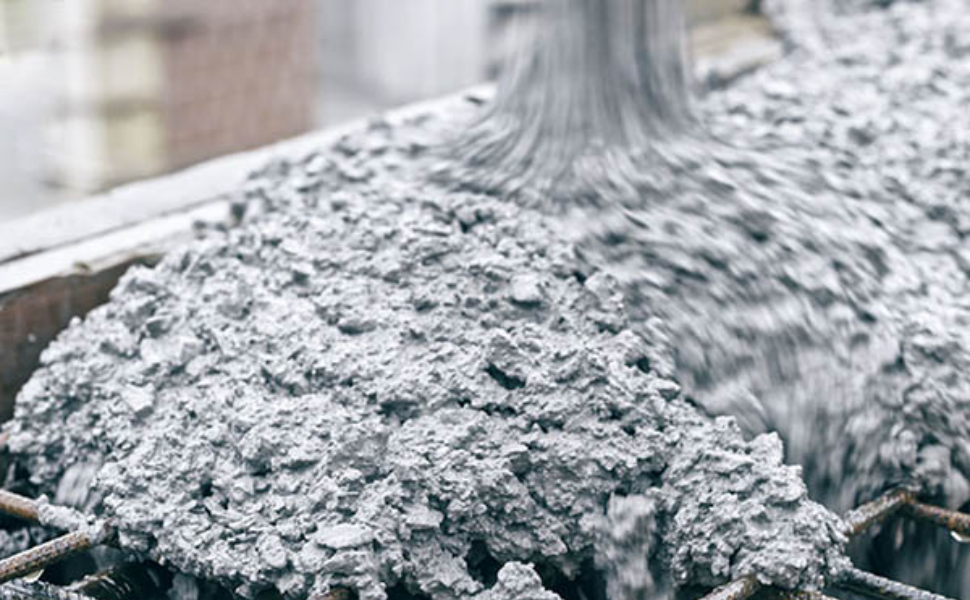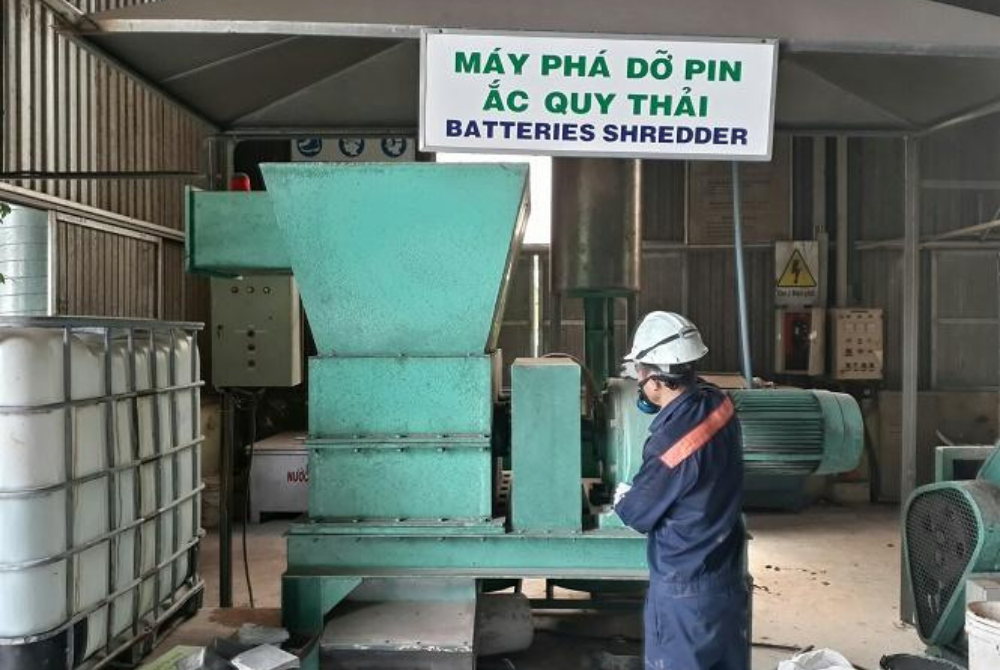Creating an suite of international standards for cement materials
The American Society for Testing and Materials: ASTM International is developing a set of standards for new cement materials that address the shortage of materials in construction while protecting the environment.
ASTM's Concrete and Aggregate Standards Group (C09) is developing a set of standardized specification lists, proposing many new types of cementing materials in addition to the previous types of cementing materials.
According to Larry Sutter, a member of the ASTM International Committee, this performance specification (WK70466) will make it easier to apply new materials used for new cement materials as older sources are gradually becoming less available in today's life.
This new cement material will help reduce costs as well as meet the shortage of building materials.
According to Sutter, a principal engineer at Sutter Engineering, previous sources of cement materials, such as fly ash from coal used in electricity generation, are in short supply for various reasons. New materials are emerging, even those that are more Eco-friendly than the old ones. However, these new materials still need to be covered by existing specifications, leading us to build a new set of specifications. Instead of focusing on building a specification for one type of material as before, we're writing a set of performance specifications that can be used to encompass all materials in general.
Mr. Sutter further notes that concrete made with the new cement material may be less expensive and more durable than traditional Portland Cement. The new specification will allow these new materials to be applied to more construction projects.
Regarding cement materials used in construction in Vietnam, the Ministry of Construction has also issued a revised set of standards, the technical standard TCVN 2682:2020 Portland Cement.
Specifically, Portland Cement is a hydrophobic binder made by finely crushing Portland cement clinker with a required amount of plaster. During the crushing process, additive ingredients that do not exceed 1% by volume of the clinker may be used.
In particular, the Portland cement clinker is defined by TCVN 5438:2007. Rubber is a natural or artificial rock material containing the mineral CaSO4.2H2O, used as a cement freeze-thaw admixture. Rubber is used to produce cement of quality, according to TCXD 168:1989. Portland Cement comprises the grades PC30, PC40, and PC50, of which PC is the conventional symbol for Portland Cement. The values 30, 40, and 50 are the minimum compressive strength of the standard mortar sample after 28 days of solidification, calculated in MPa, defined according to TCVN 6016:1995 (ISO 679:1989).
Source: ximang.vn













